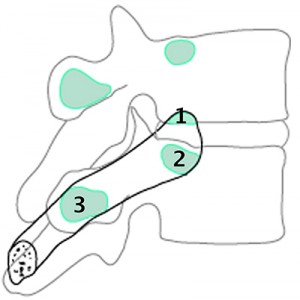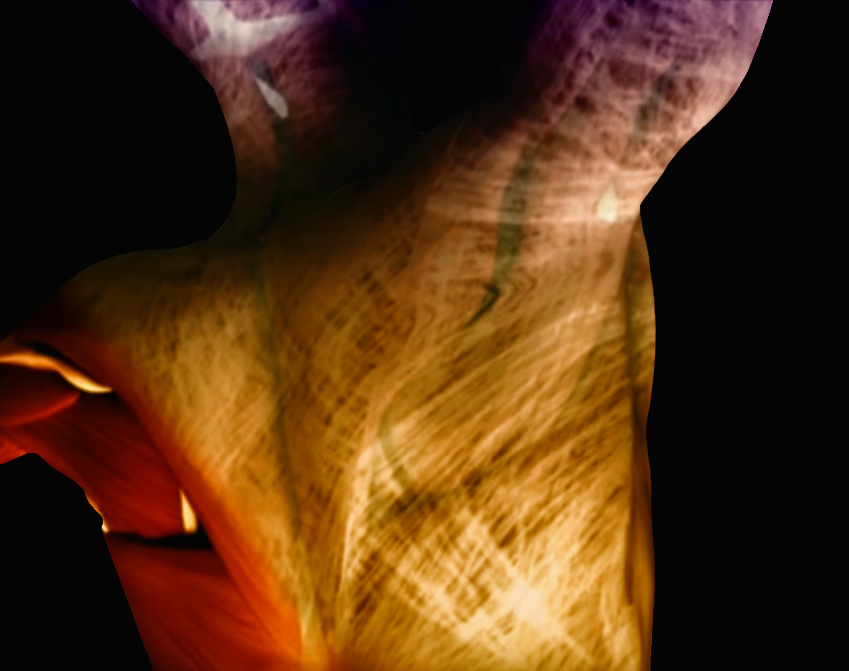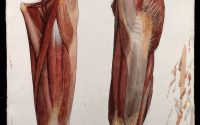The Relationship Between Stress and Neck & Shoulder Pain
The Relationship Between Stress and Neck & Shoulder Pain by Anita Boser, LMP, CHP
Stress and neck and shoulder tension are interrelated for most people. This article will explain why and show how massage therapists can not only relieve discomfort, but also help our clients be better prepared to handle tumultuous times with resilience.
Stress and neck and shoulder tension are interrelated for most people. This article will explain why and show how massage therapists can not only relieve discomfort, but also help our clients be better prepared to handle tumultuous times with resilience.
In an optimally functioning body, action initiates from the core and translates through the limbs. Functional use of the arms starts from a stable pelvis then transfers through the spine to the scapula, then the arm, hand and fingers. Motions as simple as typing on a keyboard and steering a car follow this pattern.
This level of performance can be interrupted by restrictions in the rib cage and thoracic spine resulting in dysfunctional movement patterns. When connection to the core is inhibited, the muscles in the arms and neck (especially the trapezius, levator scapula and rhomboids) are overtaxed and develop adhesions and trigger points. Anxiety is one culprit as it often obstructs breathing and movement of the thoracic spine.
Stress creates contraction. The breath becomes shallow with a tendency to hold the inhale. Breathe in this manner and notice what happens. The pelvic floor stiffens. The diaphragm holds tension. The intercostals and thoracic spine erectors and paraspinals stop moving. The natural flow of breathing through the torso becomes frozen, and the muscles eventually fix into this rigid pattern.
Now move your arms with this level of tension in the spine. Notice the instant pressure placed on the rotator cuff and neck.
Deep breathing can restart the flow, but until the muscles are released the breath will not reach its comfortable maximum. That’s where the massage therapist can help. Release of the myofascia that covers the ribcage is a natural place to start, working from superficial (pectoralis major, trapezius) to deep (the intercostals). As the tissues glide, breath naturally becomes easier and fuller.
Since most ribs have three attachments to the thoracic vertebrae (See Figure above), improving costal motility will start to cultivate freedom in the spine. However, the thoracic spine usually does not regain its motion without specific attention.
The complexity of muscles that control the spine— the erector spinae overlying the paraspinals—allows for nearly unlimited movement. Work first through the layers of erectors, (iliocostalis, longissimus and spinalis) freeing the fibers for individual articulation. To access the deeper muscles (semispinalis, multifidi and rotatores) ask your client to undulate as you work on the interweave of muscles in the laminar groove.
When the thoracic spine has regained a level of mobility teach your client to reconnect with fluid movement. Undulations will reduce rigidity and tame tension. A fluid spine and ample breath are foundational components to shoulder life’s responsibilities and take the edge off stressful situations.
Anita Boser, LMP, CHP is the author of Relieve Stiffness and Feel Young Again with Undulation and the audio version, Undulation Exercises. She can be contacted at r www.undulationexercise.com.



